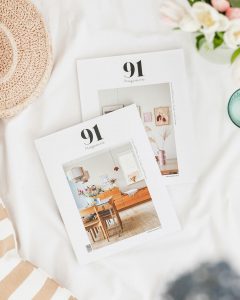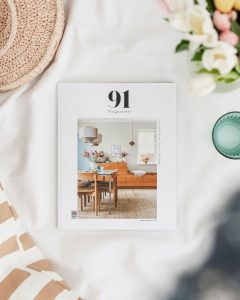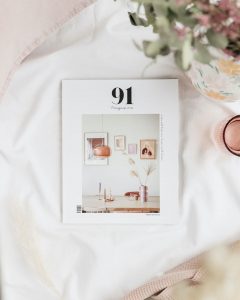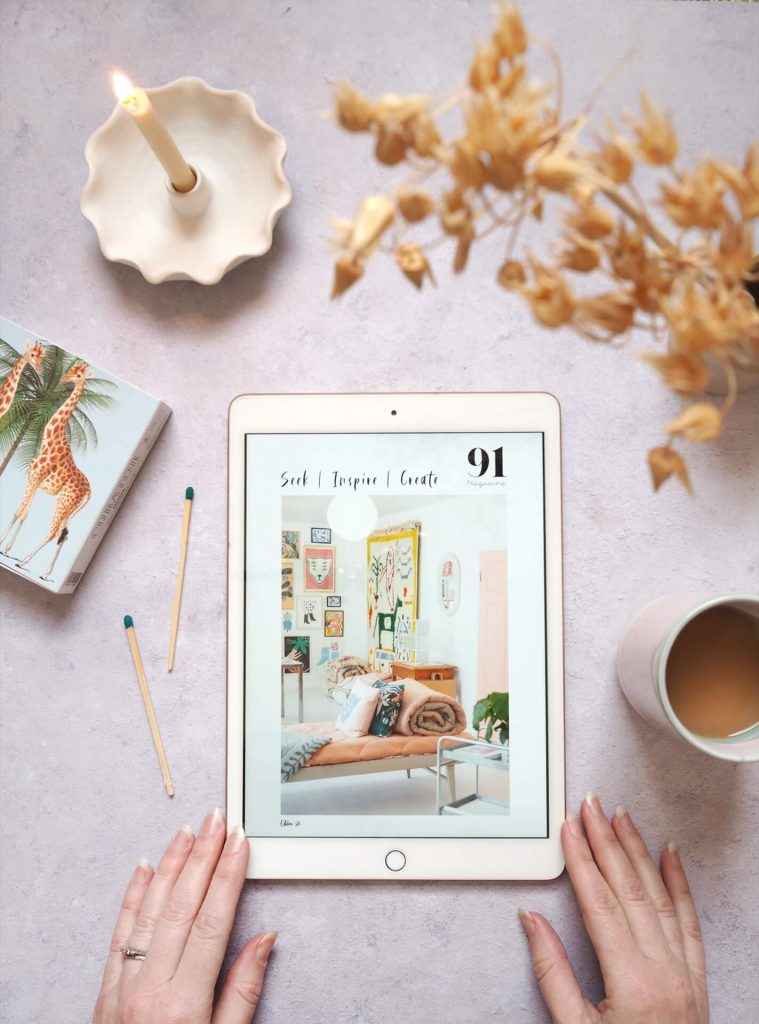Who doesn’t want a beautiful home to rival those we see splashed across Pinterest and Instagram? We’ve never had so much access to how other people are decorating their homes, which can be useful, but often overwhelming. You want to create a beautiful space to set the backdrop for your life but thanks to an overload of inspiration it’s getting increasingly difficult to know where to start.
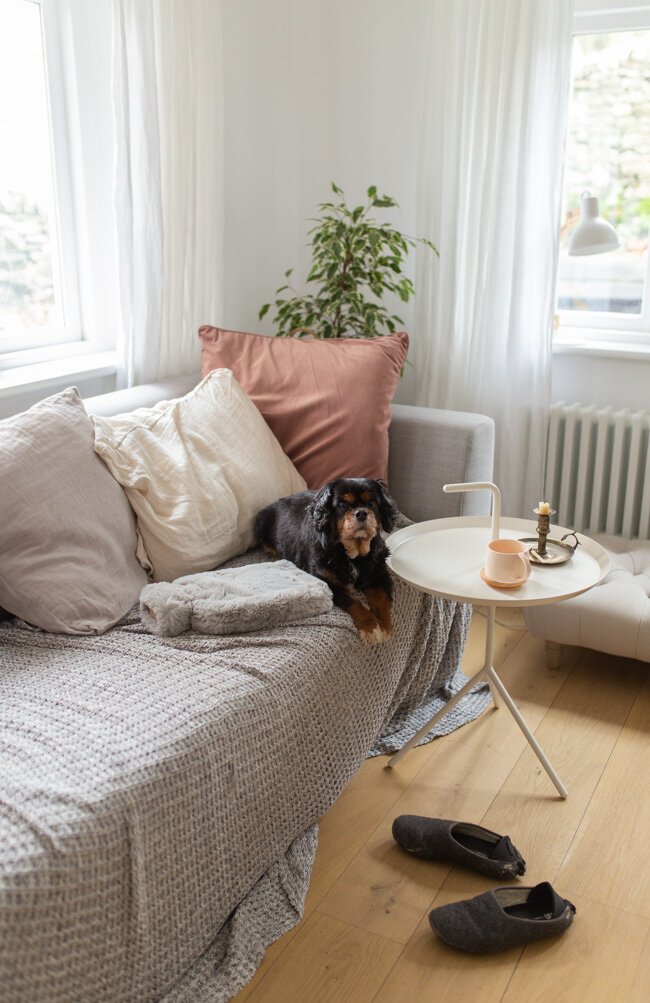
Prioritise practicality and feeling – start here and you’ll be flying from the off. There’s no point installing a beautiful roll top bath when you’re a shower person and need a slick style bathroom you can breeze in and out of. Pinterest and Instagram can tempt us down a path that’s alluring but first and foremost it’s essential to focus on how you want a room or space to feel and what you’ll be using it for.
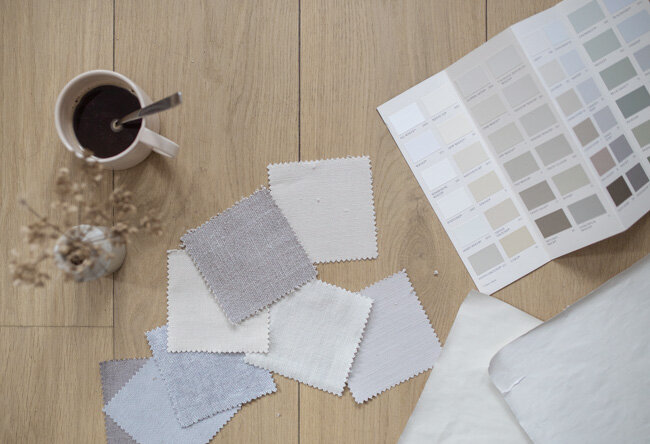
Focus in on your colour palette – a colour palette is how I keep myself sane when it comes to interiors. If you’re not a colour theory whizz don’t fret, there are lots of resources to help you choose a colour palette. I like Design Seeds and the Farrow and Ball recipes for decorating book, but a simple Google or Pinterest search for ‘colour palette’ will send you down a happy rabbit hole. Choosing a few colours that you feel comfortable with and compliment each other will allow you to get creative with constraints. There’s no need to worry if this will go with that because you know your colour palette works. This means you can use your colours however you like through the entire house.
Try the 60/30/10 rule – As someone who likes a stripped back colour palette and a minimalist aesthetic but also likes a cosy inviting space, this design ratio has been a game-changer for me. The idea is you choose a base colour – say grey – and then use this across 60% of the room. Walls would be a good start. Maybe wood is your secondary 30% colour which you use on the floor and in some furniture. The final 10% is used for accent colours to add some pop and interest (consult your colour palette for these). You’ll notice curated Instagram feeds use this same design rules to keep a cohesive look.
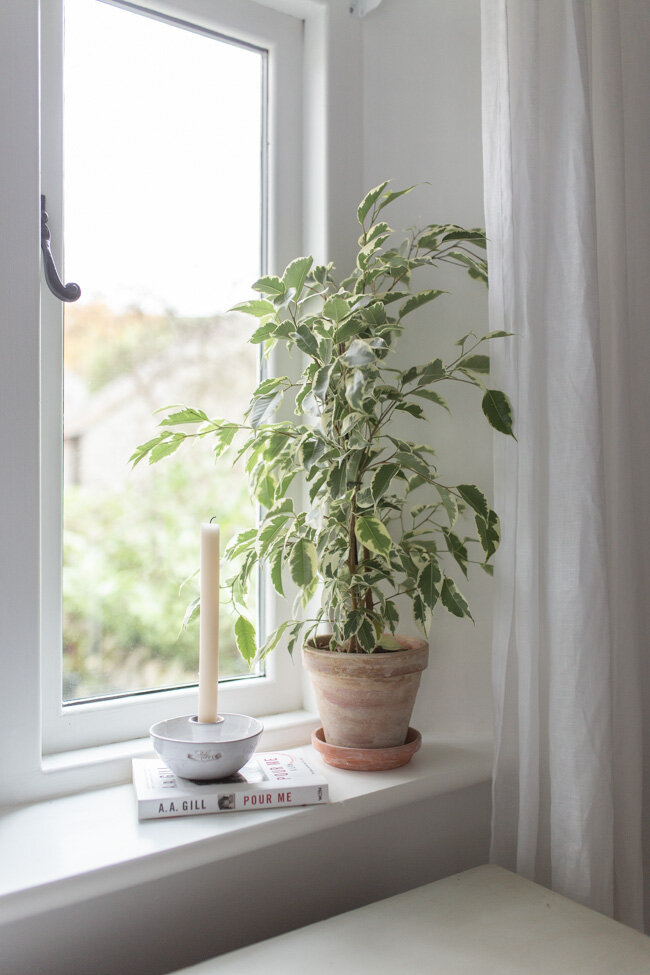
Group objects in threes – any odd number applies here but this was a particularly glorious realisation for me when it comes to styling. Start looking at all those perfectly styled Instagram accounts and you’ll notice this rule is used constantly. For some reason our eyes find odd numbers of objects grouped together more visually appealing.
Consider that light has temperature – light can range from cool blue to warm yellow depending on the direction it comes from. Start looking and you’ll notice. If your room faces south, the room will appear more yellow where as if a room faces east it will appear more blue. Figuring out which way a room faces using any map is never a waste of time. It’s so useful to know when choosing colours for that room and paint in particular as the natural light will affect the colours you use. For example if you’re going for a warmer look in a north facing room then you’ll know to choose an even warmer tone as the natural blue light will neutralise the yellows you bring in.
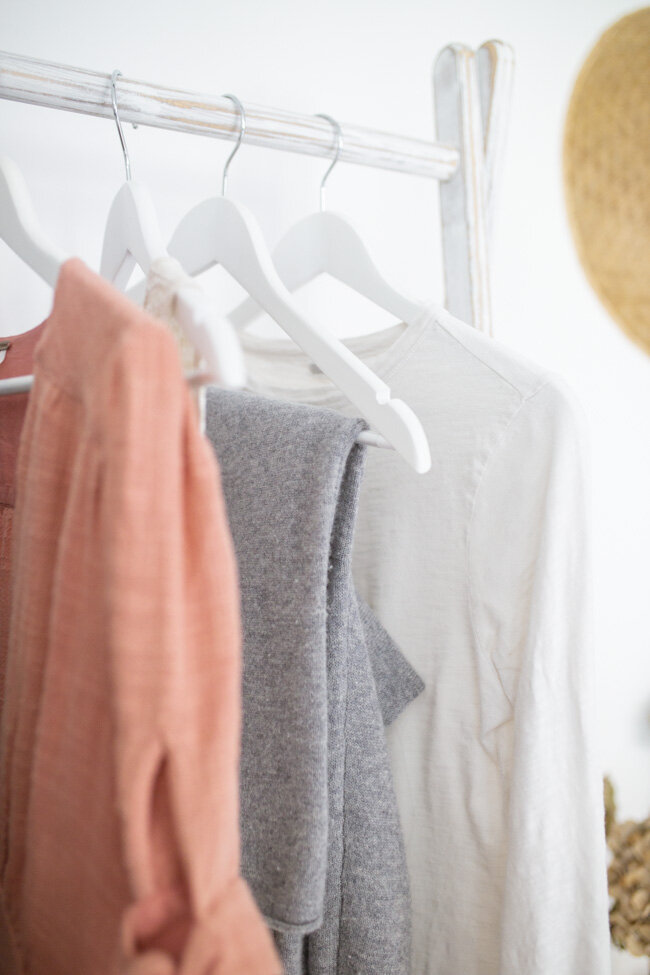
Consult your wardrobe – If you’re comfortable wearing it you’ll be comfortable living in it – if you’re struggling to decide on where to even begin with colours, go to your wardrobe. I suggest the opposite when I’m helping people curate a capsule wardrobe but it works both ways. We’re comfortable living in and wearing the same colours.
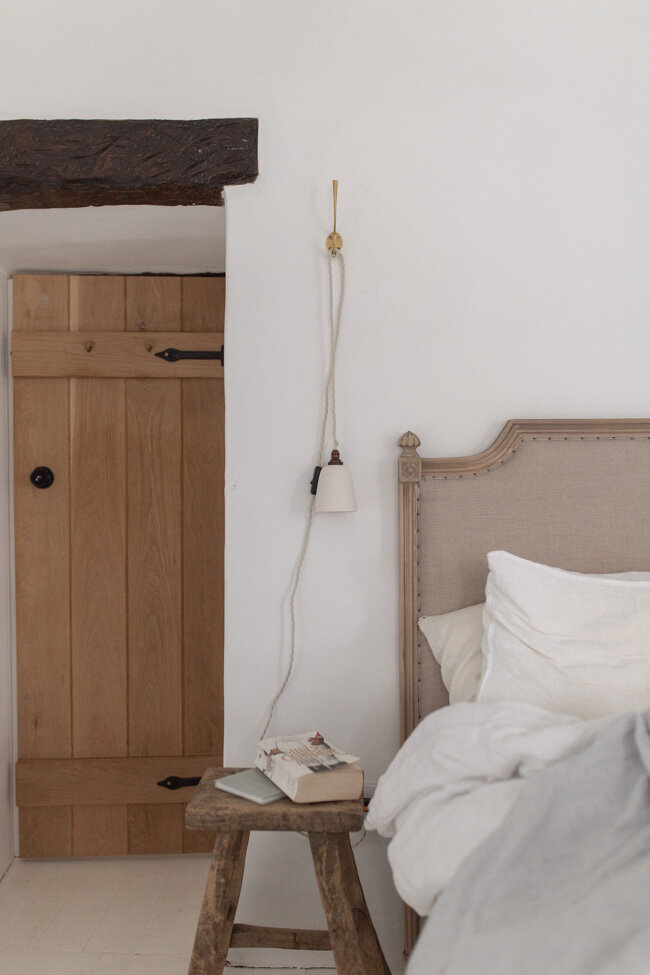
Remember that lighting is of the upmost importance – one overhead light simply will not do. The trick when it comes to lighting is purpose. The more intentional we are with it the better. Is there a nook of your living room where you love to sit and read? Is there a lamp there? There should be. It should also provide the type of light you prefer to read under – direct or indirect. The temperature of the bulbs can also have a significant impact on the mood of a room with warmer lights creating a candlelight effect.
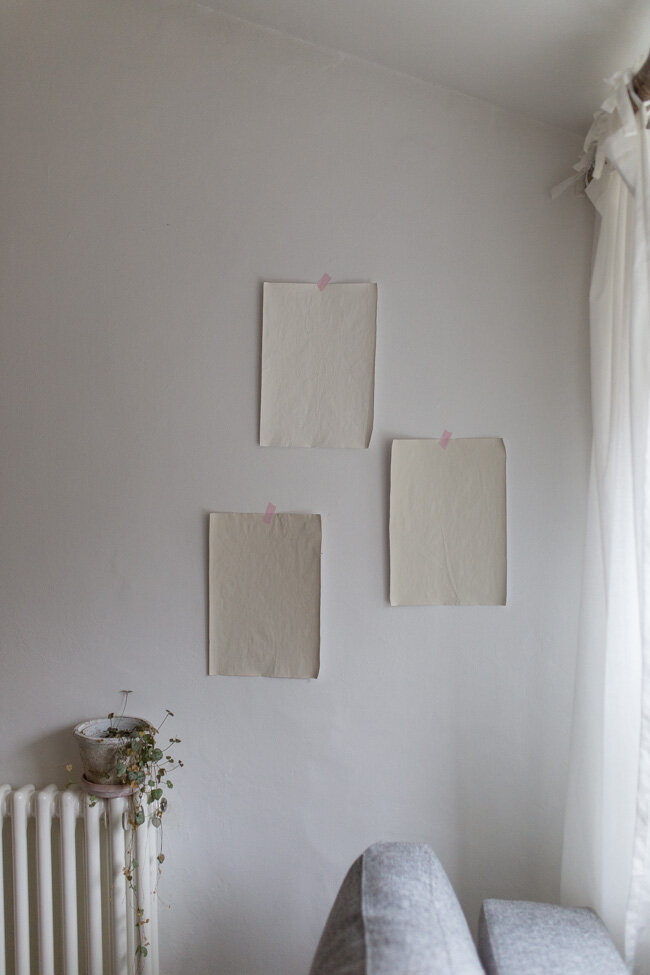
Never paint samples straight onto a wall – you will never get a true reflection of the colour if you do this. Instead, paint two coats of your sample onto a large sheet of paper (I use a4) and then use washi tape to view it in various points of the room at different times of day. This way you can see the true colour and how the light affects it.
Think about price per use – It can be so frustrating to know where to splurge and where to save when it comes to interiors. If you’re taking on a full renovation project this is even more important as you won’t want to blow the budget. I stick to the price per use rule. If I use something every day then it’s worth investing a little more in. My divan bed and mattress for example are the most expensive things in our house. Anything you touch regularly is always worth a little extra effort too. Think door knobs, handles and light switches. Touch is an important sense to us so we get value from the way these things look and feel. For example you’d be better saving money on the kitchen cabinets and upgrading the handles to something swish.
Thank you Jessica! Lots of simple yet effective ideas to put in to practice when decorating a room.
Photography: Jessica Rose Williams
